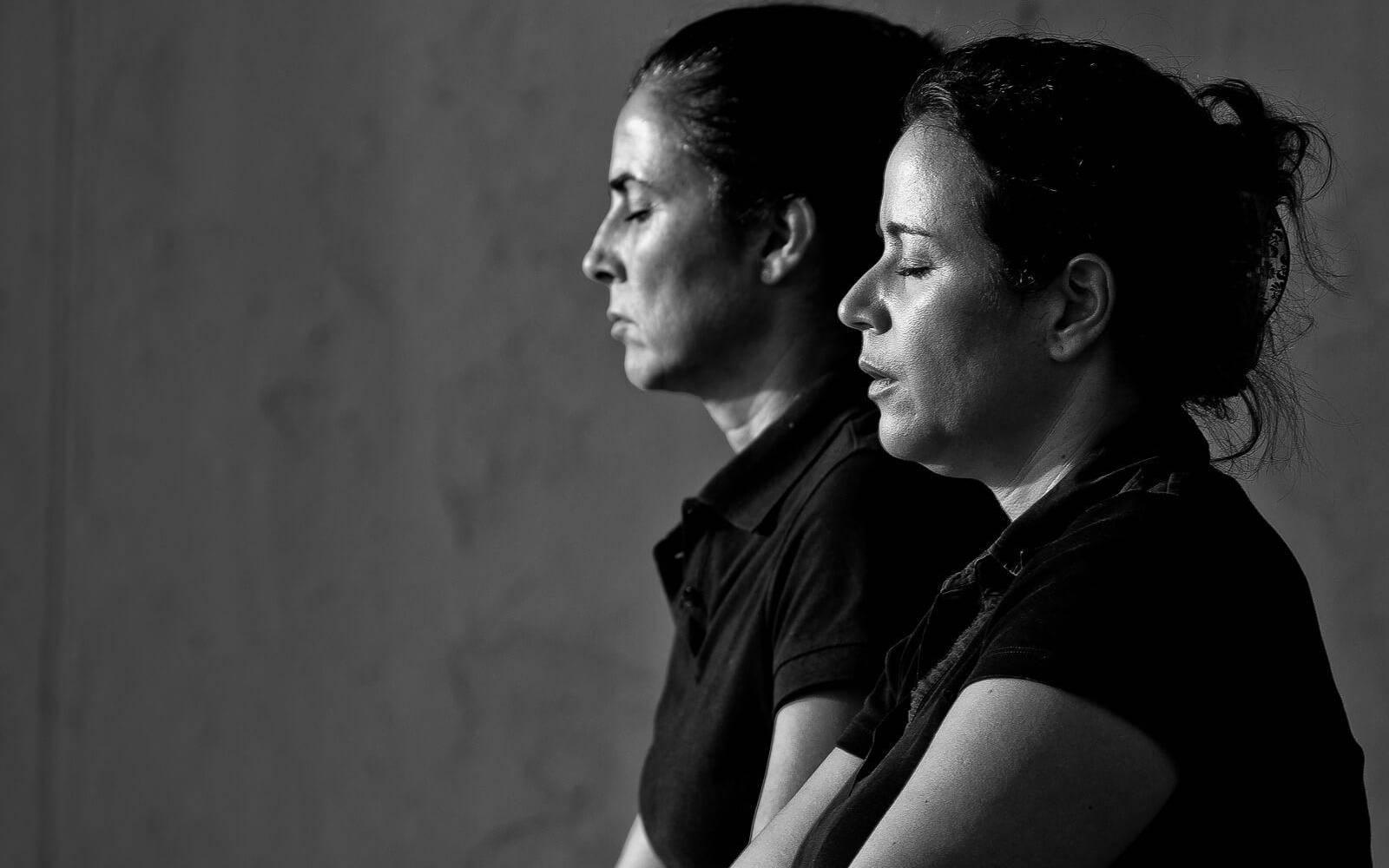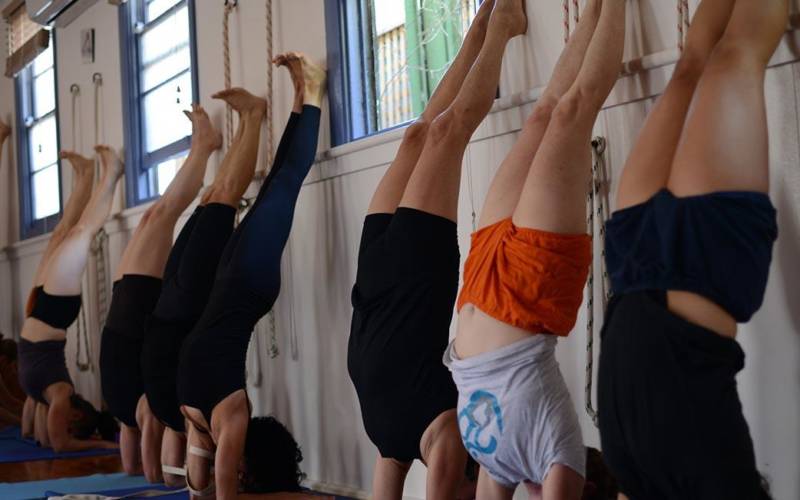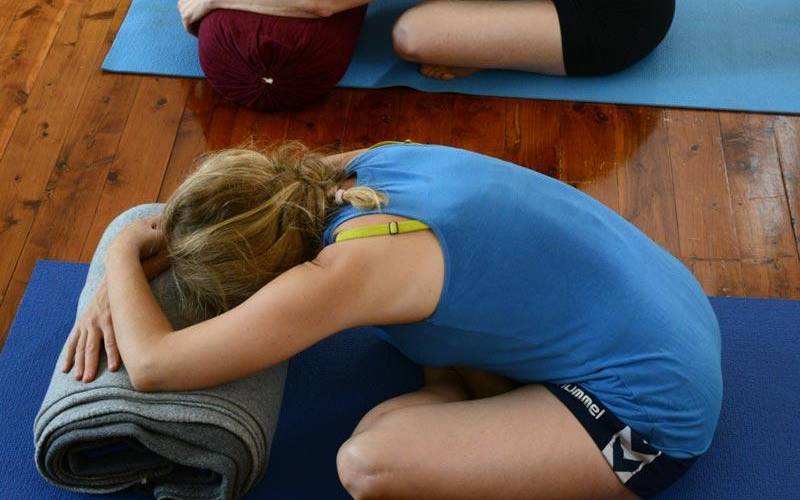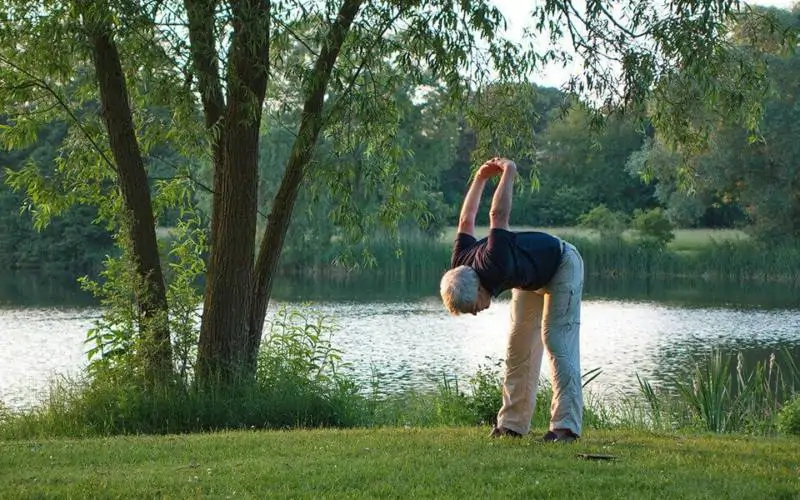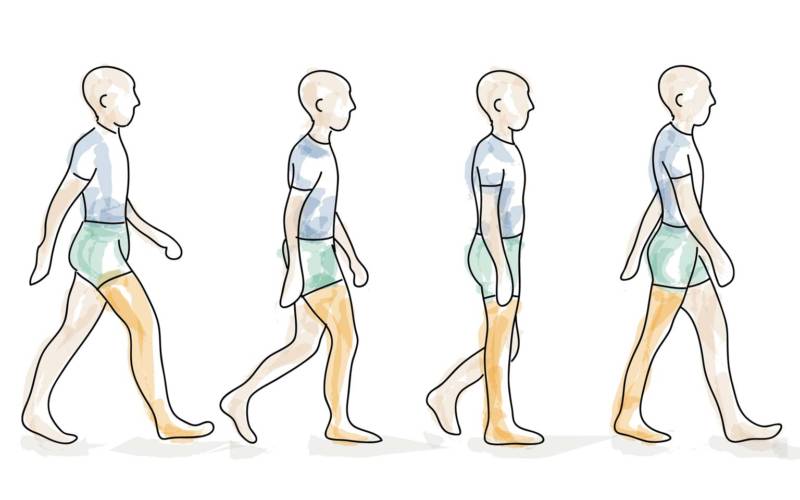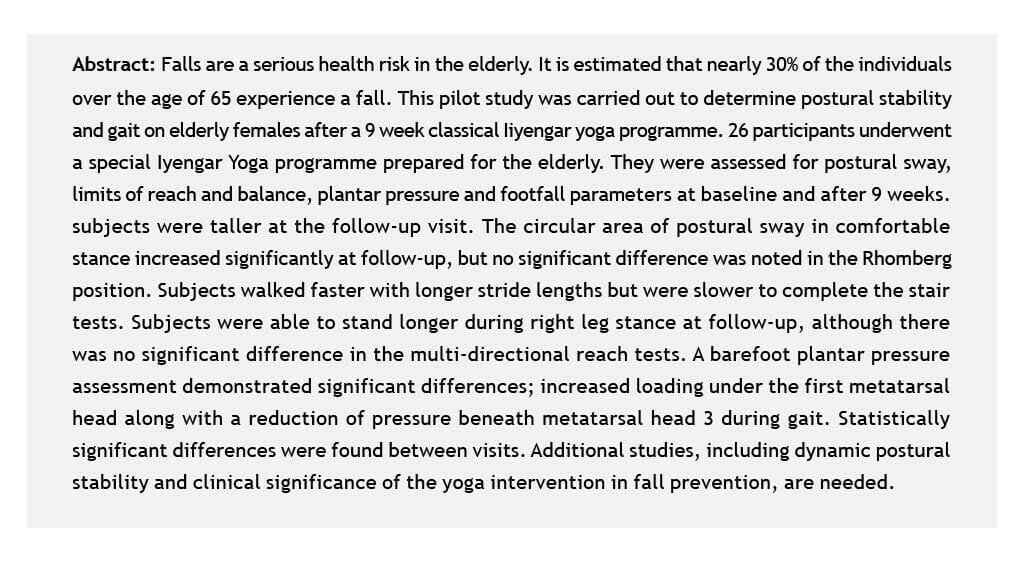
Falls are a serious health risk in elderly females. Thirty percent of individuals over the age of 65, the fastest growing segment of the U.S. population, fall every year and approximately 90% of the 240,000 annual hip fractures occur in women 65 years and older. [1] By promoting stretching and strength training, and improving overall awareness during posture and locomotion, a classical Iyengar yoga program is postulated to improve health and wellness in older adults. Di Benedetto et al. reported increased peak hip extension and stride length following an 8-week Iyengar Hatha yoga program in 19 elderly females. [2] The purpose of this pilot study was to examine the effects of a 9-week classical Iyengar yoga program on postural stability and gait on elderly females.
Methods
Employing a single group pre-post test comparison, healthy women aged 60-75 years were evaluated at baseline and following nine weeks (two 90-minute sessions per week) of a structured Iyengar yoga program. Dr. Marian Garfinkel and yoga master BKS Iyengar devised a specific Iyengar yoga exercise program, which consisted of simple non-strenuous poses specifically tailored for the elderly who have had little to no yoga experience. Participants were also instructed to practice particular exercises at home three times per week. This study was approved by the Temple University Institutional Review Board and consent was obtained from each participant prior to enrollment.
Postural sway was quantified with a force plate (Kistler, Model 9261A) embedded in the floor while the subject stood in her comfortable stance and in a Romberg position (feet together with eyes closed). Data was captured for a 60 second trial at 240 Hz. The last 40 seconds of data were analyzed to eliminate transient effects, and circular and elliptical areas were fit to the center of pressure excursion. [3] Limits of reach and balance were measured. [4] In addition, plantar pressure and footfall parameters were quantified with EMED-X and GaitMatII, respectively, during comfortable walking. The difference between baseline and follow-up was assessed using a repeated-measures analysis of variance.
Results
Of 26 participants, 24 completed the study; mean age was 66.8 years (range, 59-76) and mean Body Mass Index was 26.7 kg/m2 (range, 22.1-42.5) at the start of the study. On average, subjects were present for 16.3 instructional yoga sessions (range, 13-18). As summarized in Table 1, subjects were taller at the follow-up visit. The circular area of postural sway in comfortable stance increased significantly at follow-up, but no significant difference was noted in the Romberg position. Subjects walked faster with longer stride lengths but were slower to complete the stair tests. Subjects were able to stand longer during right leg stance at follow-up, although there was no significant difference in the multi-directional reach tests. A barefoot plantar pressure assessment demonstrated significant differences; increased loading under the first metatarsal head along with a reduction of pressure beneath metatarsal head 3 during gait. Results of the dynamic plantar pressure and the first metatarsophalangeal joint range of motion suggest improved foot biomechanics.
Discussion
Statistically significant differences were found between visits; subjects walked faster with longer stride lengths in agreement with the findings of Di Benedetto et al. [2] Subjects also showed improved lower extremity joint range of motion and changes in dynamic plantar pressures. Although the study was limited to 9 weeks, results suggest these interventions can have measurable differences in postural stability, lower extremity joint range of motion, and gait. Additional studies, including dynamic postural stability and clinical significance of the yoga intervention in fall prevention, are needed.
References
Office of Women’s Health (2000) Centers for Disease Control and Prevention.
Di Benedetto M, et al. (2005) Arch Phys Med Rehabil, 86(9): 1830-1837
Carroll, J.P. and W. Freedman, (1993) J Biomech, 26(4-5): 409-16
Newton, R.J. (2001) Gerontol: Med Sci, 56A (3): M1-M5
This article is part of the collection of studies published as the Mumbai Research Compilation. A collection of presentations made at the Light on Yoga Research Trust in collaboration with the Bombay Hospital Trust, Indian Medical Association, General Practitioners Association and the Parkinson’s disease and Movement Disorder Society. They organized the conference on the ‘Scientific evidence on the Therapeutic Efficacy of Iyengar Yoga’. It highlights research papers on Iyengar Yoga and its medical benefits. The objective of which being the dissemination of knowledge about the science of yoga in the medical setting. The conference was held on October 12, 2008.
